First off, could you tell us a bit about the origins of Silence is an Orchard? How did it come to be? What are a few things you were thinking about while you were making the photographs?
Lauren Henkin (LH): This series was born in 2008. I was visiting Acadia National Park in Maine and while walking on one of the carriage roads, I found an unusually beautiful and sculptural tree (Silence 14), now the last image in the series. The one image of that tree stuck with me, and I knew that I wanted to return and photograph the field around it. I went back in the summer of 2009 and did just that. I’ve spent a significant amount of time in Maine during the summer, it is the place I imagine first, when I think of “home”, it is where I learned to see, it is where I want to spend the second half of my life. It felt very natural to go back to there and photograph. It was extremely quiet, like a burial ground but also full of life. When I returned to the spot I found in 2008, I wasn’t sure that it would work for a small portfolio of images. The light convinced me though, and I started to document the perimeter of this single field. In and out of the light and grasses, it was meditative, and I knew that it would end up being my second handmade book — I wanted to take others on the path that I had. As the project evolved, I became more and more interested in the details of the book. I printed on Japanese kozo paper and worked with printmaker Sarah Horowitz to use an original etching as the cover, all in an effort to replicate the feeling of peace and solitude that I experienced.
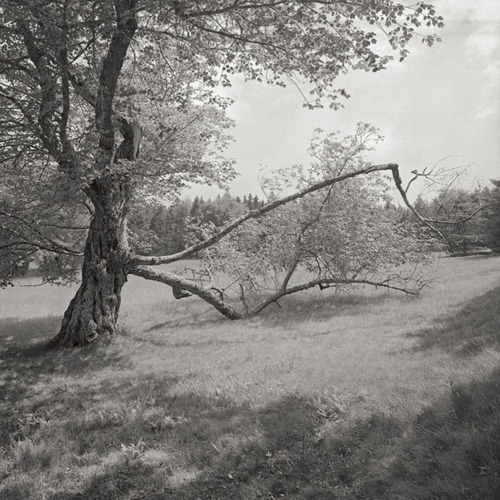
© Lauren Henkin
What made you decide on the title of the book?
LH: I had the most trouble titling this series over any other. Middle Ground was a working title for a bit, but eventually, I scraped it because it seemed more appropriate for a future project I was conceptualizing. The place was filled with silence and I wanted to incorporate that word if possible. It also, for the first time in a long time, felt like a happy series to me, like I had let go of much of the darkness I had been mired in and was seeing life and growth. It was the first time in years that I was photographing in the sun. I asked writer Kirsten Rian to provide a poem for the book. What she offered was Fieldnotes, and it is the only text offered, the only hint of an explanation. I wanted to keep any writing in the project vague, in contrast to the very literal statements I wrote for Displaced. I didn’t feel that it required more than the one poem. After some editing and tweaking, Kirsten finalized the poem which uses the phrase Silence is an Orchard. It was perfect for the title.»
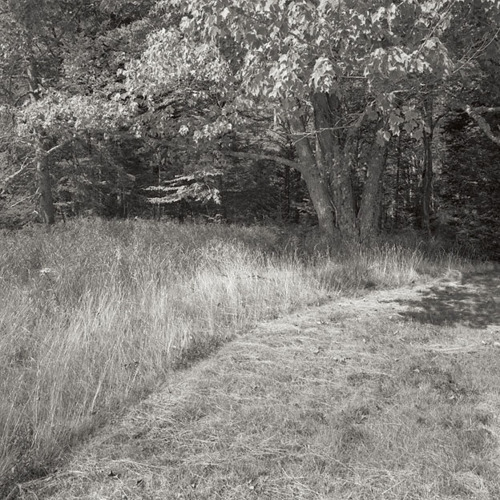
© Lauren Henkin
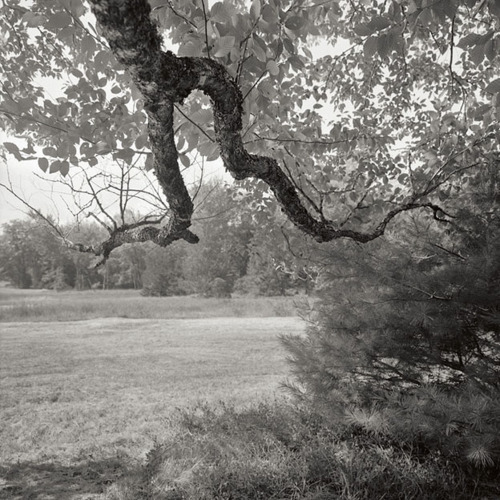
© Lauren Henkin
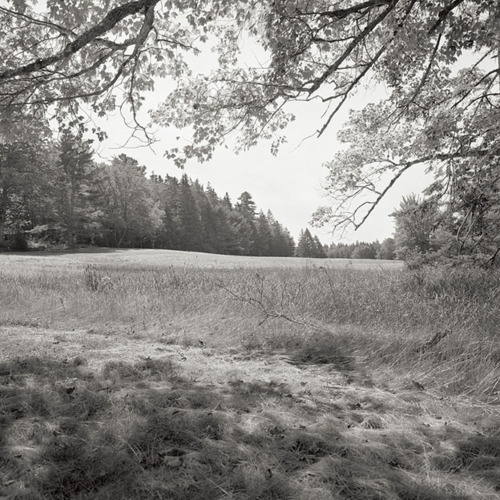
© Lauren Henkin
In this project, as well as in Displaced and Still Standing, Standing Still, I read your photographs as acts of introspection, and it often seems that the images reflect more internal, rather than external landscapes. Is this a fair conclusion to reach? Could you talk to us a bit on the nature of your work and how you think it relates to your own nature?
LH: I think that is correct. What is difficult about the path I have taken in photography is that when people glance quickly at my images, they usually classify me as a “landscape” photographer. It is true, that my eyes are focused primarily on environmental subjects, but I am using those external landscapes as a way of expressing my internal landscape. I see myself as a conceptual artist, conceiving of projects before they are begun, working from the inside out to communicate what I hope are shared experiences — feeling lost, being afraid, or fearing abandonment. I think in many cases, this is in contrast to traditional landscape photographers, who I feel tend to work from the outside in, responding first to what they see or experience externally. I am trying to tell stories that are built slowly, with each image providing another clue to the general understanding of the project. While I strive to take individual photographs that stand on their own, more and more I shy away from singular images that hit you over the head and stand so far apart from the others that the rhythm of viewing is broken. I much prefer to have each relate to each other in some way, so there is some context as you progress through the portfolio. It is something I struggle with, trying to convince a viewer that there is benefit in taking the time to really look at a complete portfolio of work. As our culture moves faster and faster, that burden for me becomes heavier and heavier. Simultaneously, I am trying to entice, and challenge, to ask viewers to look closer, to try to understand and hopefully appreciate the puzzle I’m creating for them. For example, in Still Standing, Standing Still, a study of a lone, damaged tree in Oregon, the photographs are sequenced so you move from one to the next with a reference to the previous image. I am moving around the tree, trying to tell individual stories that build into an entire novel. I am vague about the fact that it is one tree, only leaving small hints. In order to make that a gratifying experience, there have to be markers, so that the viewer is given the opportunity to figure out on their own what the sequencing is trying to communicate.
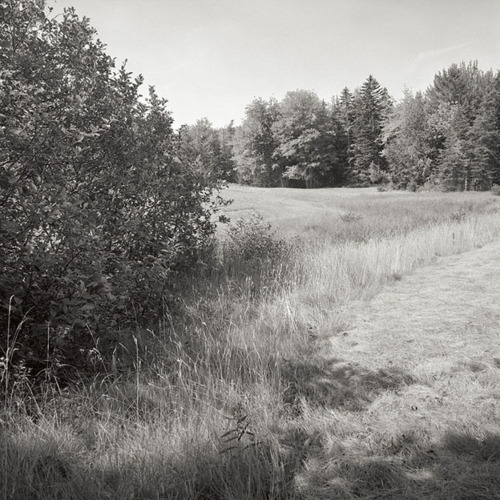
© Lauren Henkin
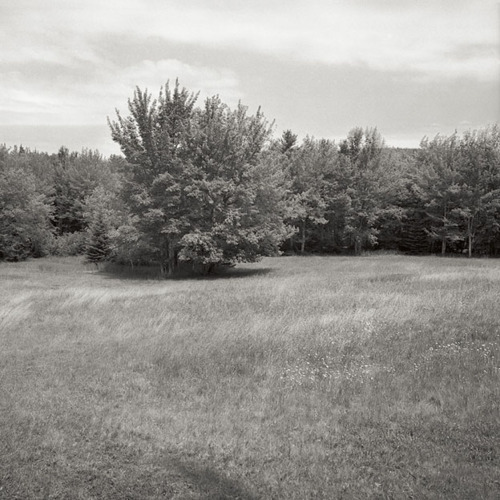
© Lauren Henkin
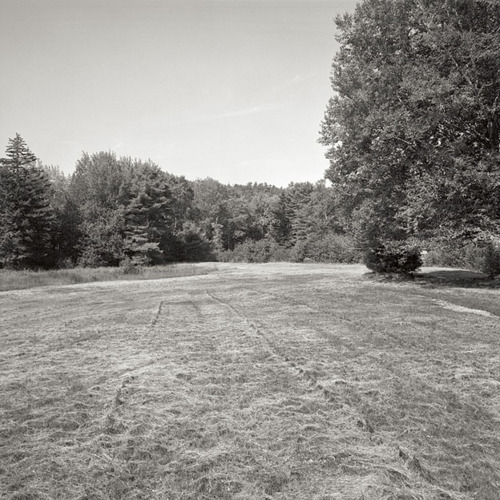
© Lauren Henkin
What do you have in store for 2011, photographically or otherwise?
LH: As I push to gain more exposure, I find it harder and harder to carve out time for actual creation. I will spend a good deal of time promoting Silence is an Orchard, but I plan to cut back on marketing and focus on two new series, one titled Urban Growth, showing unexpected, but harmonious intersections of natural elements within the urban fabric, and Present Tense, Past Lives, about putting to rest the first half of my life. I also see Silence is an Orchard becoming the first chapter in a series of individual fields across the United States. In 2010, I photographed a field in Oregon that I believe would be a wonderful companion to Silence. A series of three would be the goal with a separate, small limited edition incorporating all of the journals. This would be completed in the next couple of years. I will be expanding my new blog, Photo Radio. In September, I recorded an interview with Quinton Gordon, the Co-Director of the Lúz Gallery in Victoria, British Columbia. Because I enjoyed the conversation so much, and felt there was a need for this kind of dialog, I started Photo Radio, a blog where I am broadcasting interviews with various professionals in the visual arts ranging from curators to artists to gallerists to marketing professionals. I would like to start ‘covering’ photographic events. The first will be for the upcoming Photolucida conference in Portland, Oregon. I have scheduled 6 interviews with reviewers and 6 with reviewees. I know, having gone through the portfolio review process, that having the opportunity to hear what other photographer’s experiences were in preparing as well as what they got out of it, is invaluable. Equally so, is what reviewers expect to see from the growing number of portfolio reviews happening around the world. Finally, I’m also doing more writing. I have an article coming out in April in Diffusion Magazine about my experiences in publishing and I hope to have more opportunities to share what I have learned. I am very much looking forward to the surprises that pop up as well!
Last but not least, what’s your favorite color?
LH: Yellow.
---
LINKS
Lauren Henkin
United States
share this page